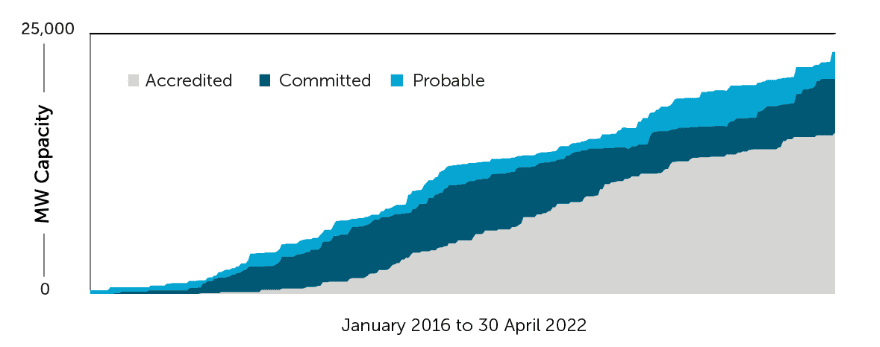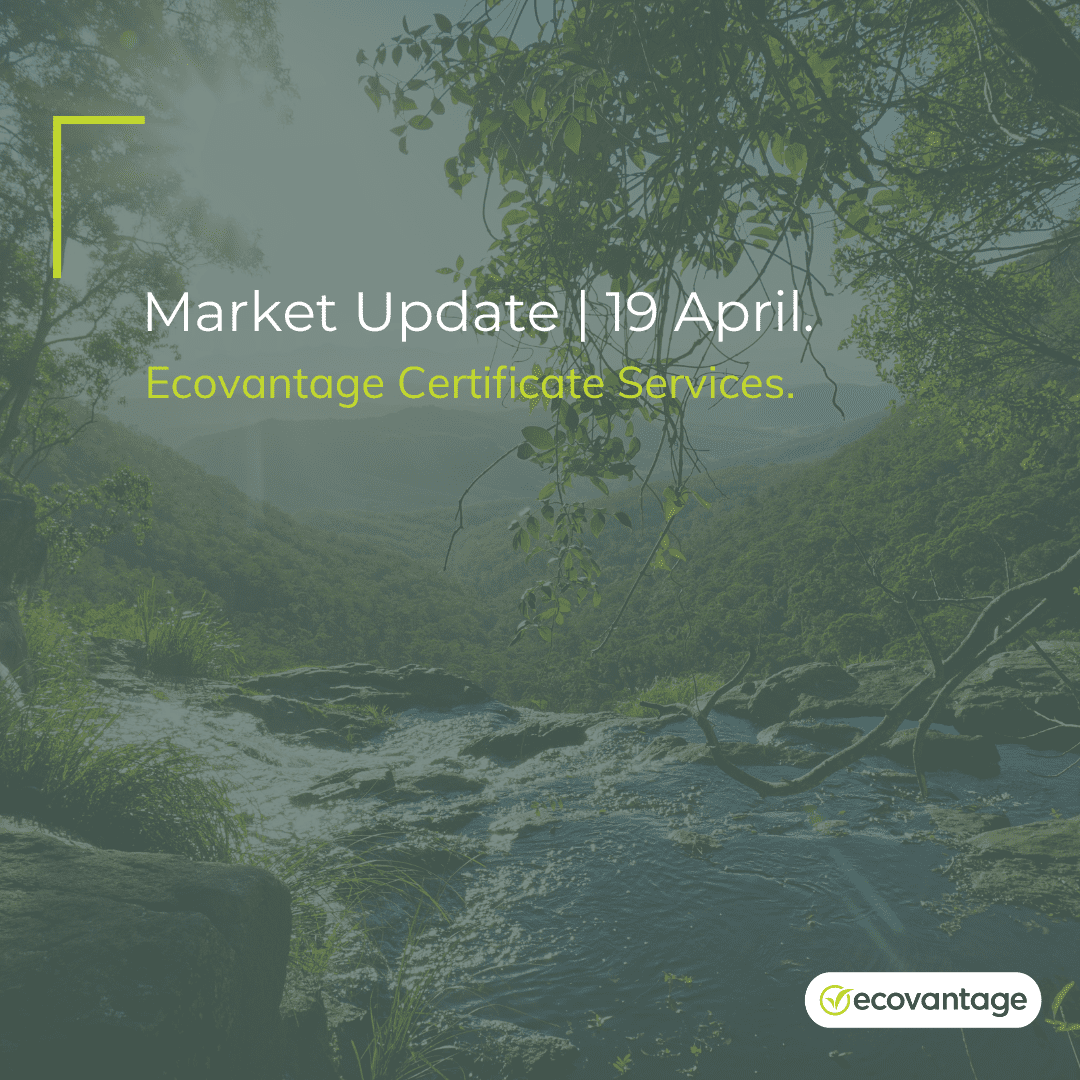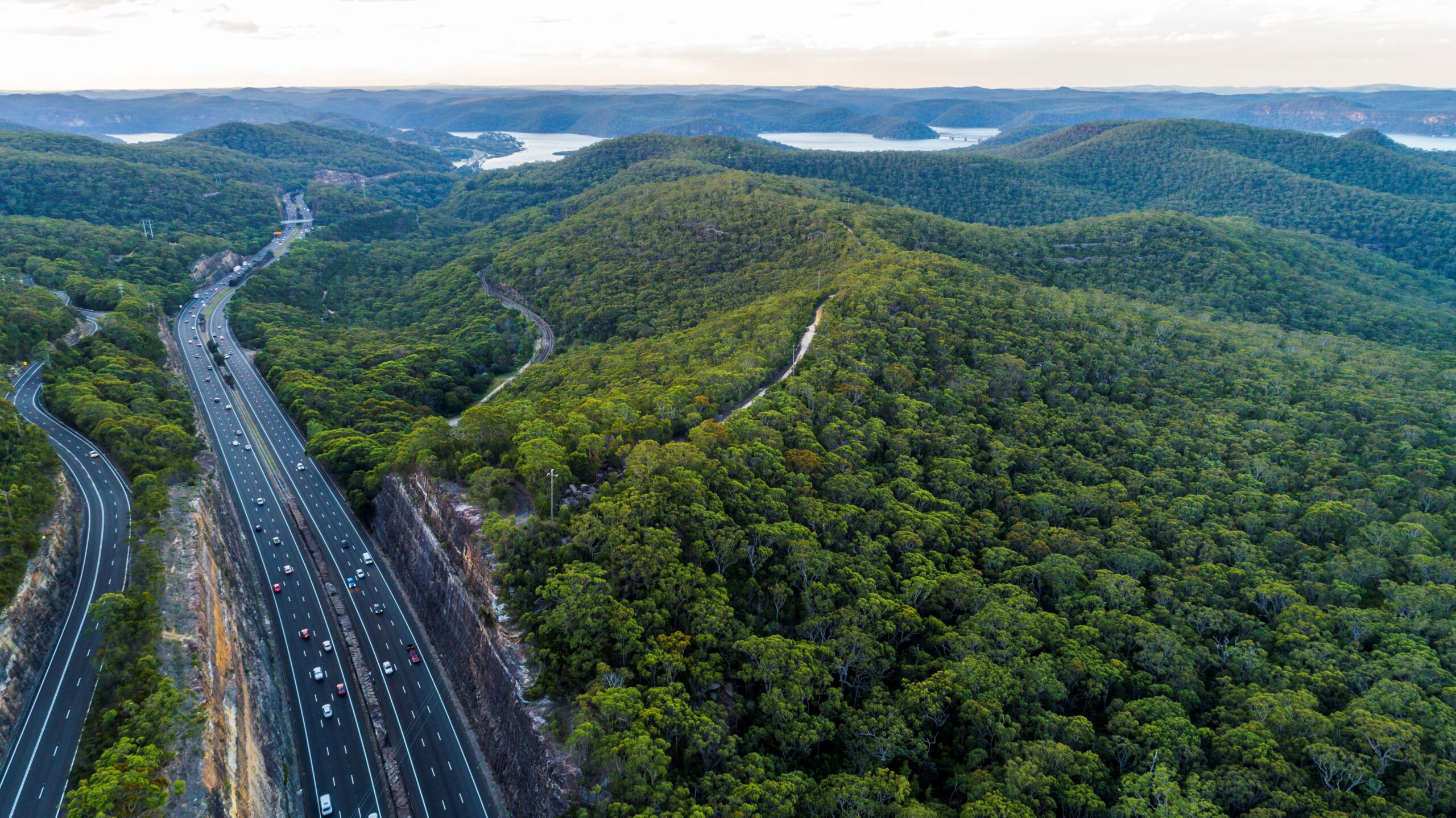The Australian Renewable Energy Target is set to expire in 2030. Until then, large scale renewable energy generators are still able to create renewable energy certificates and liable entities have a requirement to retire certificates for compliance. However, past 2030 there is uncertainty over how the Australian renewables market will unfold. This article explores the current state of the Australian renewables market and questions that may arise into the future.
Renewable Energy Target
In Australia, renewable energy certificates (RECs) are currently generated under the Renewable Energy Target (RET). This includes both Large-scale Generation Credits (LGCs) for systems larger than 100 kW and Small-scale Technology Certificates (STCs) from individuals and businesses installing small-scale renewable energy systems under 100 kW. One LGC is created for each MWh of actual renewable energy generation sent to the grid and one STC is created for each assumed MWh of renewable energy generation over a deeming period.
Previously known as the Mandatory Renewable Energy Target (MRET), this scheme has been in operation since 2001. The MRET initially aimed to source 2% of Australia’s electricity generation from renewable sources. This was increased in 2009, to 41,000 GWh or 20% of Australia’s electricity.
In 2015, the RET was amended and reduced to a target of 33,000 GWh by 2020. In June 2022, the Federal Government further updated its emission reduction target to 43% by 2030. This means that additional renewable generation will be required to meet these new targets beyond the current RET.
The 2020 RET target was met in September 2019, when enough capacity had been approved by the Clean Energy Regulator (CER) to meet the target. See Figure 1 below for project developments since 1 January 2016.
Figure 1: Renewable energy project pipeline progress


International Renewable Energy Certificates
There is currently a gap in the Australian renewable energy market, where generators who operated before 1997 are unable to create LGCs from “baseline” consumption. Baselines are determined by the CER and generally are based on production between 1994-1996. For large generators who came online after 1997, a baseline of zero is provided and all renewable generation is eligible to create LGCs.
The International REC Standard Foundation (I-REC Standard) is a not-for-profit organisation that has developed a tracking mechanism for internationally generated RECs. As of September 2021, The I-REC board has decided to pursue below-baseline generation of certificates in Australia. This means that Australian renewable energy generators that were in operation before 1997 have the potential to create I-RECs for any below-baseline electricity production.
In this arrangement, I-REC creation would be in addition to any LGCs as there would be no double counting between these instruments. There are currently 95 baseline generators in Australia who generate approximately 16.4TWh of electricity. With the I-REC Standard expanding into Australia, a new form of REC may become available for purchase on the voluntary market.
Hydrogen Guarantee of Origin Trials
Presently, the Department of Industry, Science, Energy, and Resources and the CER are undertaking trials for a hydrogen Guarantee of Origin (GO) Scheme. This scheme is being developed to measure and display key attributes of how and where a unit of hydrogen is produced including carbon intensity.
If approved, the scheme will allow Australian businesses to sell verified low emission hydrogen from renewable sources and fossil fuels with carbon capture and storage. These GOs will be able to be sold domestically and internationally.
Points to consider into the future
The above areas leave much to be discussed. With uncertainty from the CER and the future of the RET, considerations must be made for new programs such as a GO scheme or for alternative RECs such as I-RCEs. As such, organisations may be left with many questions. Some points to consider for the future of the Australian renewables market include:
- LGC Pricing – the price of LGCs has been on an upward trend for the last few years. However, with uncertainty around the RET and liability limits for generators, it is expected that the price of LGCs will trend downwards to 2030.
- New Schemes – with a government backed pilot underway for hydrogen Guarantee of Origin certificates, there is a possibility that other renewable GO schemes could be introduced into the future.
- International Schemes – Schemes such as the I-REC Standard are currently being introduced in Australia. It is unclear if I-RECs will be approved by the CER or what place they might hold in Australia’s future renewable energy market.
- Market Interactions – Demand for RECs in Australia has typically been driven by liable entities required to surrender certificates. Without future knowledge of whether liable entities will still be required to do so, new schemes may not be successful.
Future Uncertainty
With uncertainty in the renewable energy market, it can be difficult for organisations to make informed decisions on future outcomes. As more organisations look to obtain 100% renewable energy for commitments such as Climate Active, RE100, or the Science Based Targets Initiative the future of RECs in the Australian market will become imperative to understand.
How Ecovantage can help
Ecovantage is an industry leader in climate solutions and supports organisations on their journey to carbon neutrality and net zero. Our Decarbonisation Unit can provide the expertise required to develop a forward looking renewable energy procurement strategy and support you to acquire renewable energy attributes for your organisation. Contact our Decarbonisation Specialists to find out more.
Contact Us.
 Victoria
Victoria




